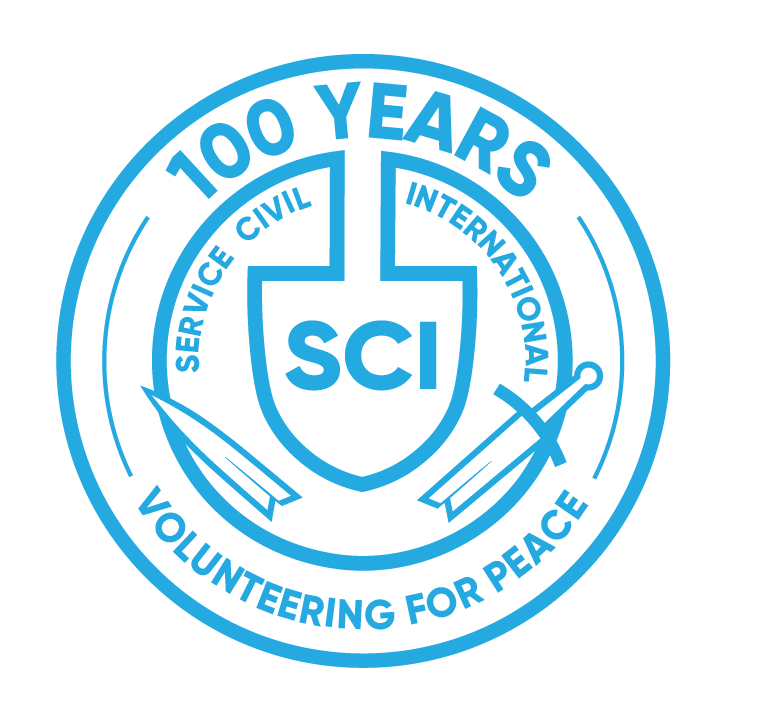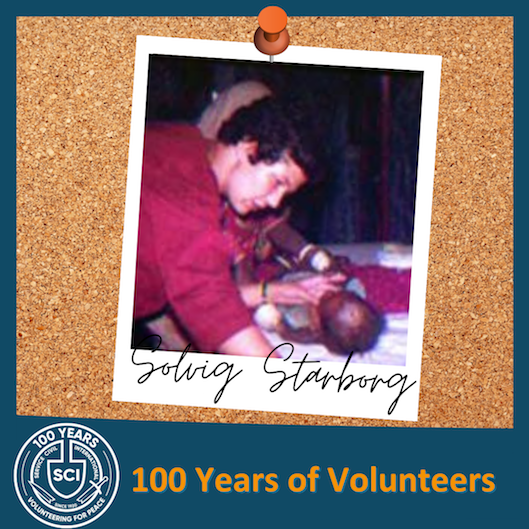Influences
Born in 1945 in southern Sweden, I was an only child of working-class parents.
Both my parents came from poor families and neither had higher education. However, they had embraced the ideals of the Social Democratic Party which came into government in the 1930s. My father was a self-taught mathematician and taught, as a volunteer, in evening classes, run by the local workers union. Those were the early days of adult education! We lived in a small village and my parents helped out as volunteers in a library which has started in an old school. I have memories of sitting on the back of my father’s bike in the cold of the winter and arriving at the library which had a large iron stove with a roaring fire. It gave me a love of books from an early age.
In our rural life, we were far from shops and most other amenities so we had not only the milkman, the butcher, and the fishmonger coming to our door but also a variety of other door-to-door salesmen. Once when I was about thirteen a bookseller came and he had a book about Buddhism. We had talked about Buddhism at school and I found it very interesting, so I bought the book. I read it several times because it wasn’t easy to understand. I think it was then that I first decided that I wanted to travel and in particular, I wanted to go to India.
My education was very different from my parents and I went on to do matriculation or the equivalent of A-levels.
The 1950s and `60s was a time when the horrors of the Second World War were still fresh in people’s memory. It was also a time of improved media and news reporting and therefore an increased awareness about the plight of people in other countries, where there were war and famine.
My first ‘international experience’ was in the early 60s when I went with a school friend to a work camp in Norfolk in England during the school holiday. It was organised by the National Union of Students and turned out to be both educating and enjoyable. The summer after I had finished my A levels I went to Israel to work in a kibbutz. Again I met people from other parts of the world but also learned about life in Israel, both from Jews and Muslims. The kibbutz was along the Jordan River and the work was agricultural.
It was my first experience in a war zone. Every now and again, when there was an exchange of fire across the river, we had to go and sit in bunkers. The noise of machineguns was excruciating and I remember wondering how people could survive, not only the war but also the noise of it.
When I came back from Israel I worked the autumn term as an unqualified teacher in a small fishing village. In my class, I had thirteen 9-year-old pupils. Feeling the need to promote international exchange I had my class draw pictures and write a story about themselves which we then sent to the school on the kibbutz. It was with great excitement they received a reply with what they thought very exotic drawings of among other things orange-trees!
I finished my nursing training in the spring of 1969 and my first job was at The Serafimer Hospital in central Stockholm.
Travelling to India
I had not been long in Stockholm when I started to try and find out about working in India. Eventually, through the Indian Embassy, I got in touch with Bharat Sevak Samaj and Major Ramachandra who offered to find me a voluntary work. I also had some contact with IAL, the Swedish branch of SCI but they were a rather small organisation with limited resources. However, one member, Jan Simon, had traveled to India and not only put me in contact with another member, Lena, who wanted to go to India but also gave me Valli Seshan’s address. Little did I know then how valuable that last piece of information was going to be!
We tried in vain with the help of Major Ramachandra to obtain visas to go to India and work as volunteers for a year. It wasn’t really possible because we didn’t have a specific job to go to. In the end, we decided to travel on tourist visas which would last for three months and could be extended another three months. Lena had friends in Delhi, a young Sikh couple, Gurmel and Harnek Dhillon, who had offered us initial hospitality on arrival.
We arrived in New Delhi in September 1970. The day after our arrival we went to meet Major Ramachandra who had a small office behind the public toilets in Connaught Place in Delhi. He welcomed us to India and told us about Mahatma Gandhi. During my time in India, I got to know Major Ramachandra quite well. Initially, Lena and I were two restless Europeans who were trying to acclimatise ourselves to life in India and his advice was: “Be happy and keep smiling; there are many lives to come”. It has followed me through life!
We were soon introduced to Mr. Kaul who was in charge of the SOS children’s village outside Delhi. They needed a nurse for a month to run the dispensary and we were happy to have our first task as volunteers in India. We would work for food and lodging. The village consisted of a group of houses and in each of them lived 6 – 8 orphaned children with a ‘mother’. These women were either widows, divorced, or had refused to marry. There were also a number of ‘aunties’, who went to different houses and helped the mothers if they needed help or time off.
Lena became a temporary auntie and I was working in the dispensary with Surya, who was a lab assistant from Bombay. Surya was happy and easy-going and taught me a lot. I had my first Hindi lessons from her and she also lent me books on tropical diseases, in particular on intestinal worms which were quite common among the children. She also introduced me to, what she called ‘Indian thinking’! She was a Christian but said God is one. Sometimes we went to puja (a ceremony) in one of the houses and then Surya would add a picture of Jesus to the Hindu gods and we gave sweets and then sang hymns as well. I remember thinking it was very generous to just include everyone!
We also met Mrs. Pohl who was an Austrian lady who had helped set up the village and who was going to Nepal to start another SOS village. The work in the dispensary was mainly cleaning up little injuries, putting on plasters, and giving worm treatments. Sometimes we had to take children to hospital in Delhi for more serious complaints.
In the evenings, people from a nearby village would come to collect rations of milk powder and also for medical help and we tried to help as best we could. Our month was quickly up and we were sad to leave ‘our’ village. What we found so amazing was that we had been accepted straight away. We were two foreigners and people trusted us and included us in their lives just like that. We felt we were leaving old friends behind when we left!
Mrs. Pohl had invited us to come and visit her in Kathmandu. Since our time (visas!) was limited and there seemed to be no other voluntary jobs available in the immediate future, we decided to do some travelling and see India before we were forced to leave. While waiting for a visa to go to Nepal, I visited The Delhi College of Nursing, all through Major Ramachandra’s good contacts! I was introduced to a nursing tutor, Miss Haque, who invited me to a couple of lectures and I was then asked to talk about nursing training in Sweden. It produced some interesting discussions! Besides everyone wanted to know about the snow!
We travelled via Benaras to Kathmandu where we stayed for a few days with Mrs. Pohl. Then with a list of people and places to visit, supplied by Major Ramachandra, we traveled by train, third class, to south India. We went to visit a school in Tambaram and a Leprosy colony in Warda. In Seva Gram, Gandhi’s ashram in Warda, we tried our hands on the spinning wheel. We stayed a few days in Madras and then continued to Bombay from where Lena, who had had a lot of ill health, decided to leave. She caught a flight from Bombay to London.
I wanted to go back to Delhi to say goodbye to all the friends that we had made. I also had a doll with a Swedish costume to give to Valli Seshan’s daughter Subi from Jan Simon in Stockholm.

